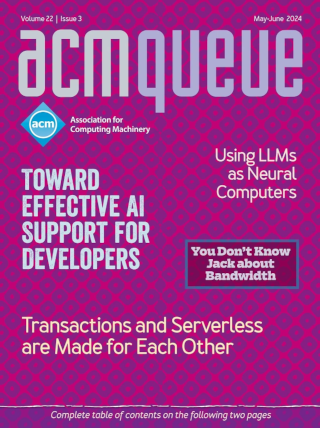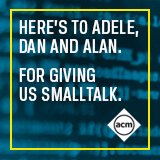
Power to the People:
Reducing datacenter carbon footprints
By designing rack-level architectures, huge improvements can be made for power efficiency over conventional servers, since PSUs will be less oversized, more consolidated, and redundant for the rack versus per server. While the hyperscalers have benefited from these gains in power efficiency, most of the industry is still waiting. The Open Compute Project was started as an effort to allow other companies running datacenters to benefit from the power efficiencies as well. If more organizations run rack-scale architectures in their datacenters, the wasted carbon emissions caused by conventional servers can be lessened.
Dark Patterns: Past, Present, and Future:
The evolution of tricky user interfaces
Dark patterns are an abuse of the tremendous power that designers hold in their hands. As public awareness of dark patterns grows, so does the potential fallout. Journalists and academics have been scrutinizing dark patterns, and the backlash from these exposures can destroy brand reputations and bring companies under the lenses of regulators. Design is power. In the past decade, software engineers have had to confront the fact that the power they hold comes with responsibilities to users and to society. In this decade, it is time for designers to learn this lesson as well.
Broken Hearts and Coffee Mugs:
The ordeal of security reviews
Overall, there are two broad types of security review: white box and black box. A white-box review is one in which the attackers have nearly full access to information such as code, design documents, and other information that will make it easier for them to design and carry out a successful attack. A black-box review, or test, is one in which the attackers can see the system only in the same way that a normal user or consumer would.
Is Persistent Memory Persistent?:
A simple and inexpensive test of failure-atomic update mechanisms
Power failures pose the most severe threat to application data integrity, and painful experience teaches that the integrity promises of failure-atomic update mechanisms can’t be taken at face value. Diligent developers and operators insist on confirming integrity claims by extensive firsthand tests. This article presents a simple and inexpensive testbed capable of subjecting storage devices, system software, and application software to ten thousand sudden whole-system power-interruption tests per week.
Debugging Incidents in Google’s Distributed Systems:
How experts debug production issues in complex distributed systems
This article covers the outcomes of research performed in 2019 on how engineers at Google debug production issues, including the types of tools, high-level strategies, and low-level tasks that engineers use in varying combinations to debug effectively. It examines the research approach used to capture data, summarizing the common engineering journeys for production investigations and sharing examples of how experts debug complex distributed systems. Finally, the article extends the Google specifics of this research to provide some practical strategies that you can apply in your organization.





